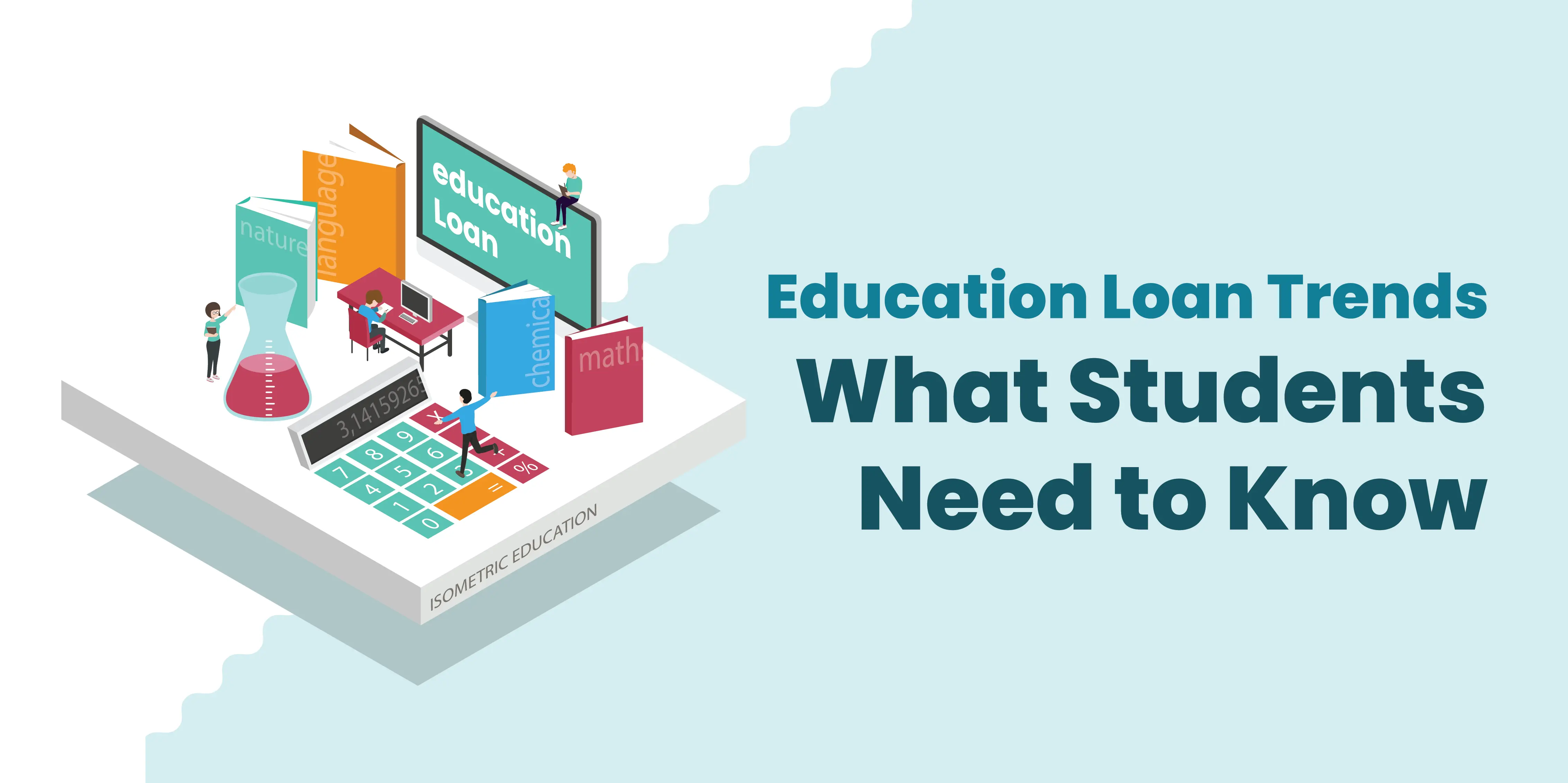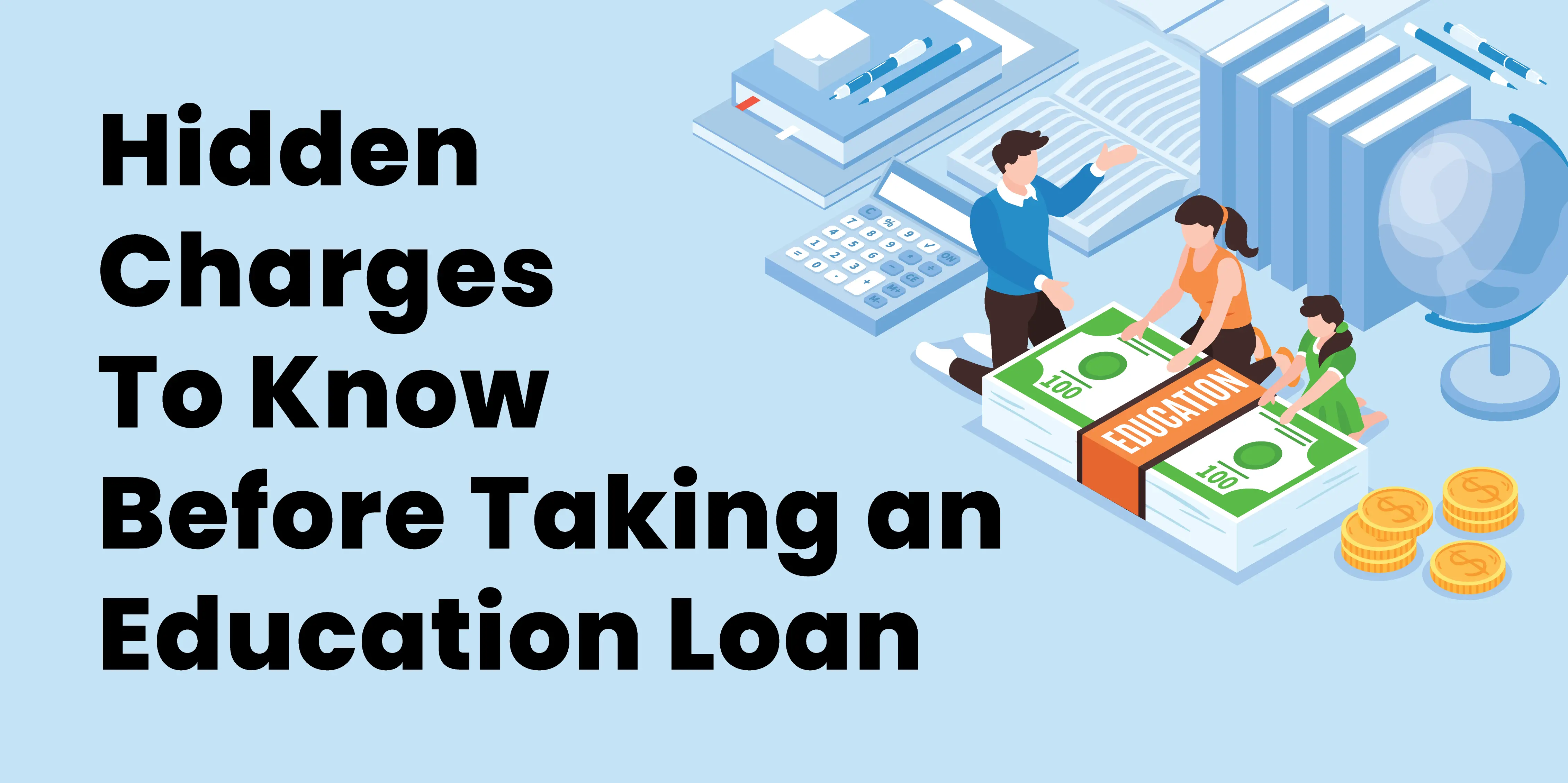https://www.wemakescholars.com/blog/education-loan-under-priority-sector
Education Loan Under Priority Sector: Meaning, Benefits, Eligibility, and Challenges
Abroad Education Loan | Updated

A country's economic growth is directly influenced by the education of its citizens. However, many students in India do not have adequate funds to afford higher education. This is where education loans can help. These loans make education more accessible for students by covering the expenses associated with pursuing higher studies. This indirectly contributes to the economic growth of the country.
The Reserve Bank of India (RBI) established a priority sector lending (PSL) system to provide financial support to certain sectors that are deemed underserved. However, these sectors are very essential for a country’s overall development.
This article will provide a detailed guide on education loans under the priority sector lending system. It also covers the benefits, eligibility criteria, common challenges, and important tips that students should know about for an education loan under the priority sector.
What does Priority Sector Lending mean?
The Reserve Bank of India introduced the Priority Sector Lending System in 1972 to prioritize lending credit to certain sectors, which are otherwise considered underserved. The RBI mandates banks to allocate a portion of their loan funds to certain sectors that are crucial for the economic development of the country.
It aims to make credit available for certain sectors that are important for the country’s development. The key sectors under the PSL classification include:
- Agriculture
- Micro, Small, and Medium Enterprises (MSMEs)
- Housing
- Education
- Social Infrastructure
Are Education Loans under the Priority Sector?
The answer is yes! As per the RBI PSI guidelines, education loans are under the priority sector lending scheme as part of the education sector. Education loans enable students to pursue their higher education in India as well as abroad. By providing access to quality education for students, these loans significantly contribute to the country’s development, hence making them a priority by the RBI.
Benefits of an Education Loan under Priority Sector
The priority sector education loans offer various benefits to eligible students, including:
Access to Education
Education loans under the priority sector enable students from weaker financial backgrounds to afford higher education. Many students are unable to pursue higher education due to financial constraints. These loans aim to ensure an adequate amount of funds is provided to eligible students for their education in India or abroad, regardless of their social and economic status.
Low Interest Rates
Education loans under the priority sector lending system generally offer lower interest rates compared to non-priority sector loans. As per the RBI guidelines, banks offer low interest rates for student loans to make higher education more accessible for students.
High Loan Limit
The RBI has recently increased the loan limit of education loans under priority sector. The loan limit for education loans under PSL has been increased to ₹25 lakhs. Students can use funds to cover a wide range of expenses associated with pursuing higher education, including tuition fees, living expenses, purchase of course-related equipment, etc Students with an education loan of up to ₹25 lakhs can be eligible for PSL.
Eligible for Subsidy Schemes
The government of India provides various subsidy schemes on education loans to provide financial aid to students. Education loans under the priority sector can be eligible for government subsidy schemes, reducing the financial burden on students.
Overall Economic Growth
As we have discussed earlier, the RBI mandates banks to allocate a portion of their credit funds to certain sectors contributing to the development of the country. And education loans under the priority sector lending system help students pursue higher studies by covering the expenses of their education.
This assists in increasing the educated professionals, the development of innovation, and entrepreneurship. In this way, these loans can directly lead to the overall economic growth of the country.
Eligibility Criteria for Education Loan Priority Sector
Education loans for both domestic and international studies can be eligible for priority sector loans. The eligibility criteria for an education loan under the priority sector lending include:
- The applicant must be an Indian citizen.
- The student should have secured admission at a recognized university.
- Students are expected to have a good academic history with at least 50% in their previous academic records.
- The loan amount shouldn’t exceed ₹25 lakhs.
The eligibility criteria for education loans to be under priority sector are mostly similar to the general eligibility criteria of student loans in India. The rest of the criteria, including the collateral requirement, co-applicant requirements, accepted countries, etc, depend on the lender and the type of the loan.
Common Challenges of an Education Loan under Priority Sector
The common challenges for education loans under the priority sector include:
-
High Risk of Non-Performing Assets (NPAs):
Priority sector loans often have a high risk of defaults. And due to the rising number of education loan defaults, banks are struggling to recover the student loans. This increases the risk of education loans under priority sector being converted to Non-Performing Assets (NPAs) and creates a financial strain on the lenders.
-
Unawareness among Students:
One of the major challenges of education loans under the priority sector is the lack of awareness among students and their families. Thus, many eligible students are unable to avail the benefits of these loans.
-
Limited Loan Amount:
Another significant challenge of education loans under the priority sector for students is the limited loan amount. Student loans under the priority sector shouldn’t exceed ₹25 lakhs. However, the cost of pursuing higher studies in a well-reputed foreign institute can exceed ₹25 lakhs. This makes students with education loans of more than ₹25 lakhs ineligible for priority sector loans.
Important Tips about Education Loan Priority Sector for Students
The following are the key tips to remember when you are planning for an education loan under the priority sector:
- Carefully evaluate the total amount required for your education before considering an education loan under the priority sector.
- Remember that education loans exceeding ₹25 lakhs are ineligible for priority sector loans.
- Make sure you meet the eligibility criteria of your lender and PSL for education loans.
- Provide all the required documents on time to avoid any delays.
- If there are any missing documents, make sure to get them as soon as possible and check if any alternate documents are accepted.
Conclusion
The priority lending system significantly contributes to the country’s overall development by helping certain sectors receive adequate credit on time. As education loans help individuals afford higher studies, they indirectly contribute to the country’s economic growth.
In this article, we have discussed the meaning of PSL and education loans under priority sector. We have also covered the benefits, eligibility criteria, challenges, and important tips students should be aware of while considering an education loan under priority sector.




Kindly login to comment and ask your questions about Scholarships & Education Loans